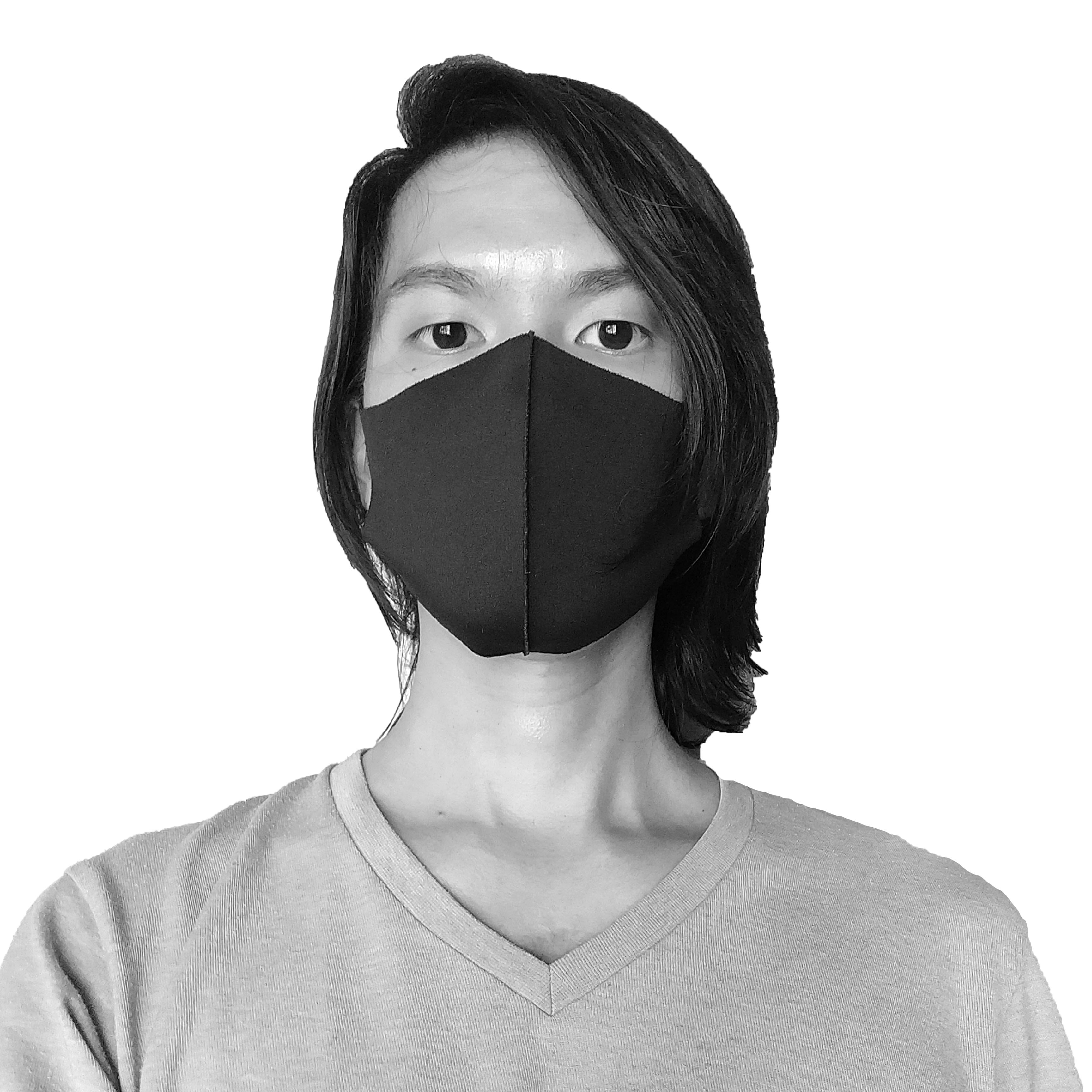RUILI, China — A strong LED flashlight is necessary when picking out the perfect piece of jade.
That, and a big stack of cash.
“He’s asking for ¥10,000, I think I’ll only give him ¥7,000.” The light beam was revealing something I couldn’t see, and this Chinese jade buyer was spotting flaws that only seasoned collectors could locate. His friend took a look as well, and then chimed, “No, just ¥5,000. It’s a nice piece, but it’s not worth any more than that.” They’d dropped the price they were willing to pay from $1,600 U.S. to half that amount.
The Burmese jade vendor, a man from Yangon, understood the bare bones of the language of Chinese commerce: numbers. He wasn’t too impressed by his potential customers’ act, and he tried to justify the high price by saying that the war going on across the border in the Kokang region is affecting supplies, so inflation is natural.
Nearby, a Chinese jade seller shot back, “The prices are the same! Our shipments have not been affected.” The price is agreed at ¥6,000 (US$960). The new owner of the green rock took a picture of it and posted the image on WeChat, a Chinese social media platform, then stuffed it back into a black plastic bag and headed toward the noodle stalls beside the market.
The Jie Gao Jade Market here in Ruili comes to life every morning before 8 a.m., when tuk-tuks and delivery trucks start bringing in sacks of raw jade and polished jade, as small as a fingernail and as large as an adult’s head. Before the onslaught of jade shoppers arrives, Chinese jade sellers occupy themselves by watching Korean soap operas, and the Burmese read a newspaper from home. But buyers from all over the country fly into Yunnan every day to visit Ruili, and compared to Yangon’s Bogyoke Market, which also houses a plethora of jade shops, Jie Gao is a much more happening place.
Jie Gao is the Sinofication of the Dai term for “old city,” and the vendors who set up shop are a mixture of Han-Chinese, Chinese minorities, and Burmese from across the border. The Burmese businessmen hail from nearby Muse, the Burmese city that conjoins Ruili; Shan State’s capital, Taunggyi; the commercial center of the nation, Yangon (Rangoon); and further west; but they have found a new home in China with a mission to sate the Chinese appetite for jade, conveniently mined in their home country.
For the Chinese, jade signifies purity. Yu, the Chinese word for jade, is often used to describe things that are clear, clean, beautiful, treasured. Yu nü means goddess, beautiful woman, and is a placeholder for female celebrities. In Chinese mythology, the ruler of the heavenly courts is the jade emperor.
I picked up a ring I like and asked how much it was. The price before bargaining was U.S. $7,000. I said I’d have to think about it.
There are hundreds of people selling jade at Jie Gao, and thousands more across the city, but unique pieces are hard to come by because Chinese craftsmen are told to make copies of the same piece over and over again. True craftsmanship is dying out in the art of jade carving. Some have even set up shop above the market, in tiny studios normally rented out to the Burmese migrant traders, to make sure their jade stalls are restocked in the shortest possible amount of time.
The recent explosion in the jade trade has roots in 1993, when China and Burma struck an agreement to construct a bridge in Wanding, a village within Ruili’s township. The bridge opened up local trade, and residents on both sides of the border became wealthier. As China pulled more of its citizens into a newly minted middle class, disposable income made room for the pursuit of age-old obsessions, like jade.
The Chinese make sure only the best jade comes their way—A-grade, whatever that means. (Actually, Type A jadeite is not supposed to have been treated with bleaches, acids or polymers, but it takes a pro to tell.)
As jade pieces flow eastward and cash flows westward, what do the Burmese people earn? The answer is nothing, since the Tatmadaw, or Myanmar Armed Forces, stand to gain more than anyone else. The Union of Myanmar Economic Holdings Limited is a conglomerate run by the Tatmadaw. It owns jade mines in Burma’s Kachin State, where the Kachin Independence Army (KIA) has been battling the Burmese military. So sticky is the situation that the Chinese Embassy in Burma refused to acknowledge the presence of Chinese citizens in Kachin when fighting between the Tatmadaw and KIA broke out in January.
The jade trade in Burma is known to be entangled with the drug trade, and heroin addiction is not uncommon among miners, to the point that clean syringes are used in place of spare change.
I asked the jade traders in Ruili what they thought about this. Those who were from Burma denied that it is a trend, perhaps except for a few isolated cases. The Chinese were more forthcoming, saying it’s the Burmese government’s responsibility to police its own citizens.
“If only they were like China—zero tolerance, then there wouldn’t be a problem,” one Chinese jade seller said. “In any case, that’s their problem. The drug is made in Burma, not in China. Buying jade doesn’t affect it. It’s the fault of the Burmese government for letting it happen. Think of Naw Kham”—a notorious Burmese drug lord. “It was the Chinese police who caught him.”
Such selective blindness isn’t uncommon. The Chinese businessmen involved in the jade trade may not be the ones pushing the needles into Burmese veins, but their tacit allowance for seedy developments within their business interest is devastating civil life across the border. Already, Burmese towns along the frontier with China have been built up as playgrounds of vice, where the Chinese visit for gambling, sex, and drugs.
Kunming’s Yunnan Nationalities Village is a sterile, lifeless production of human history and ersatz ethnography within the current Chinese borders, and there are few who visit the so-called tourist destination, so one wonders how it remains afloat financially. The answer is jade.
On the park’s grounds is a massive jade emporium, about half a soccer field’s size, or over 20,000 square feet. Employees who are off-duty from their play-acting as ethnic minorities sometimes take up an extra shift by sorting pieces for the jade megamart, spreading items worth thousands of dollars each across white sheets draped over the cold marble floor. Tour groups are bussed in to the theme park, but the only stop is for them to unload bricks of red ¥100 bills in exchange for a few green rocks.
Those who can’t afford the five-figure price tags can turn to a cheaper alternative: du shi, literally “gambling rock.” The idea is simple: Buy a raw stone, slice it open, and you might find jade within. It’s a mug’s game, but that doesn’t stop some people from trying their luck.
I watched one game unfold. Several older men, possibly in their 60s, spent about 10 minutes selecting a stone. They watched intently as a rotary saw sliced it open, revealing nothing within. They sounded a collective exclamation of defeat. Then one of them had an idea.
“Let’s go buy a flashlight so we can try again.”





